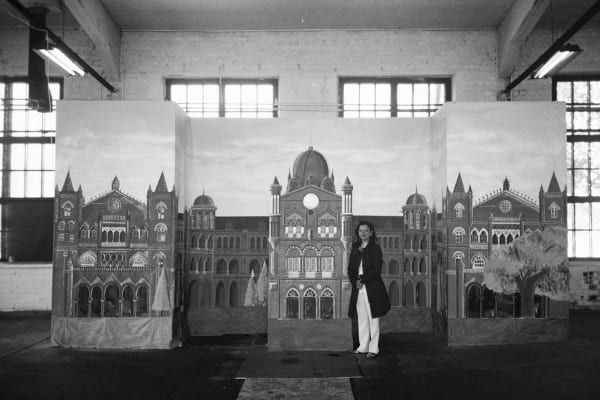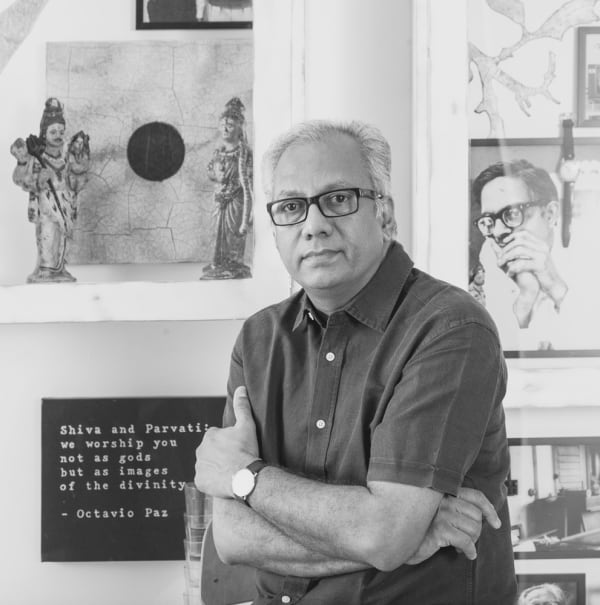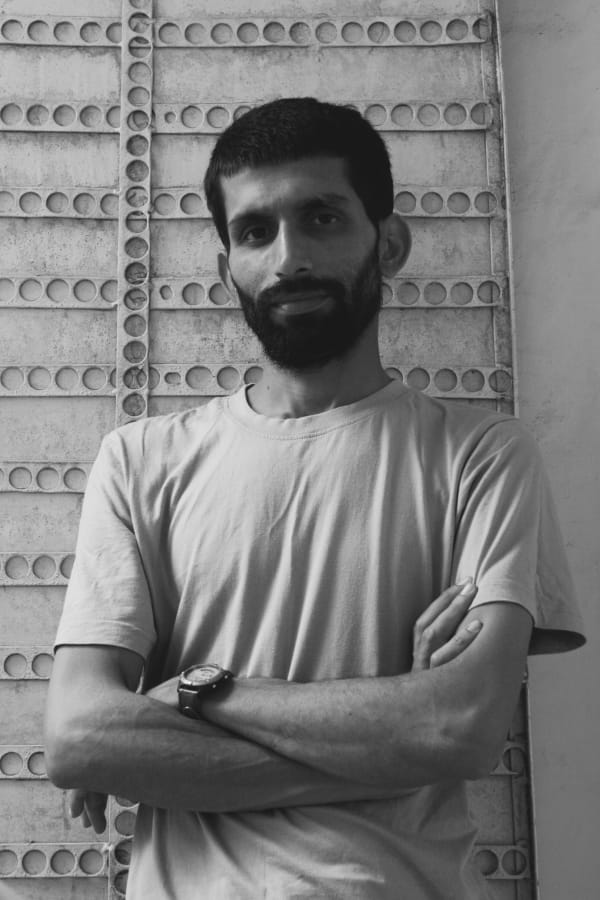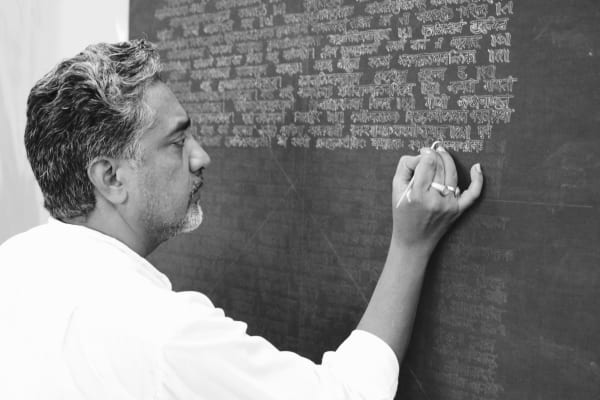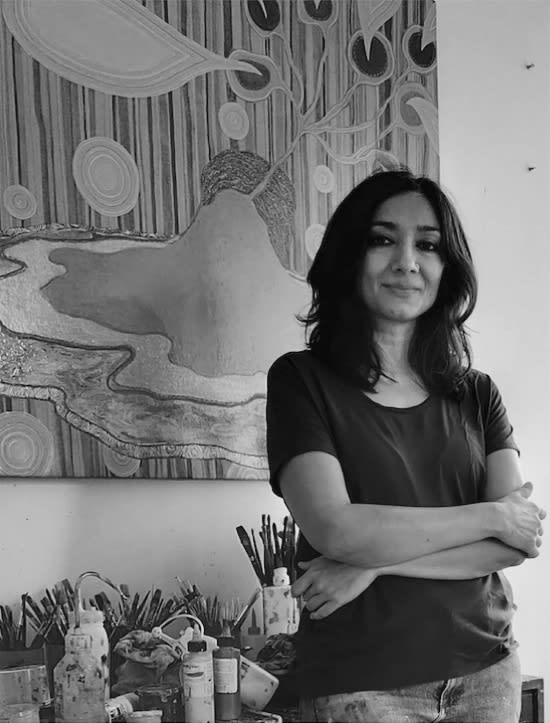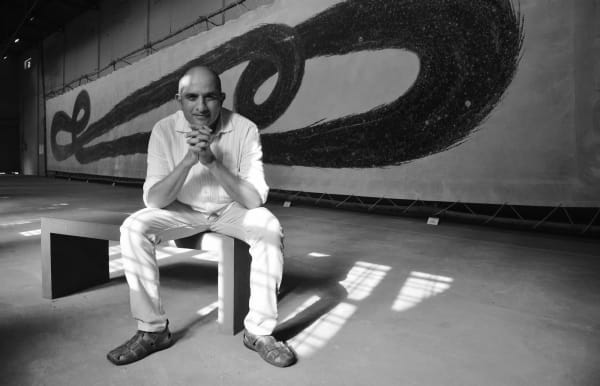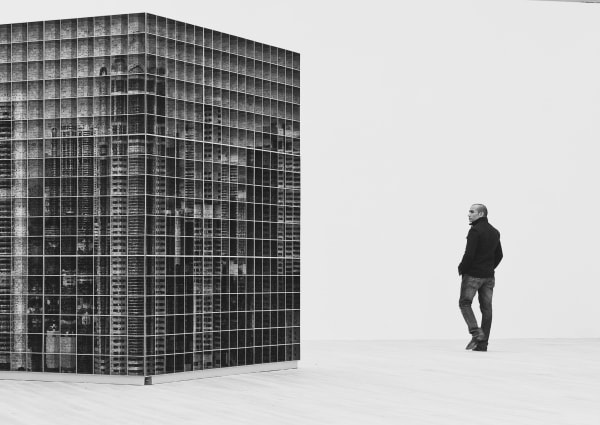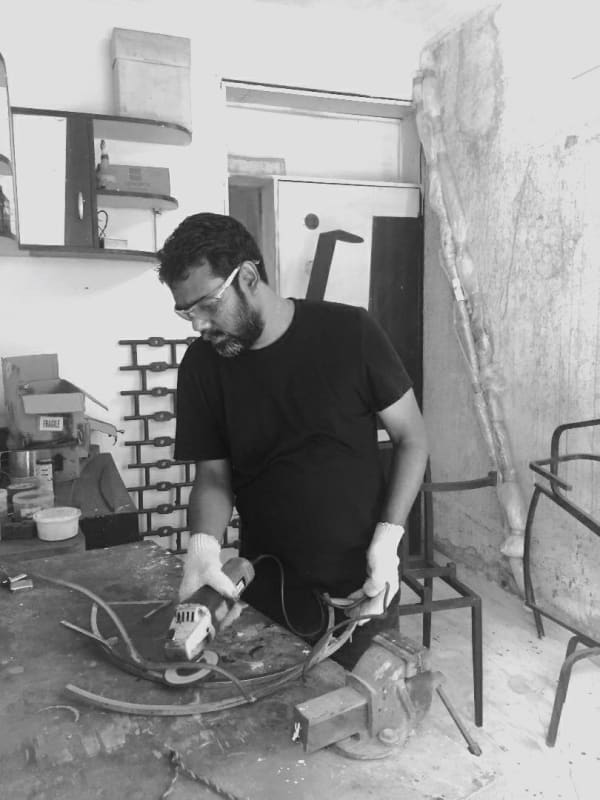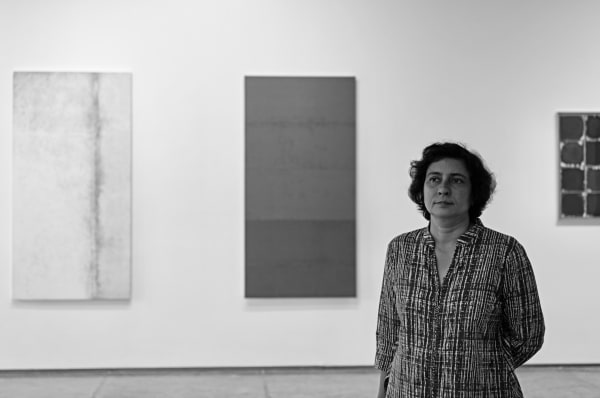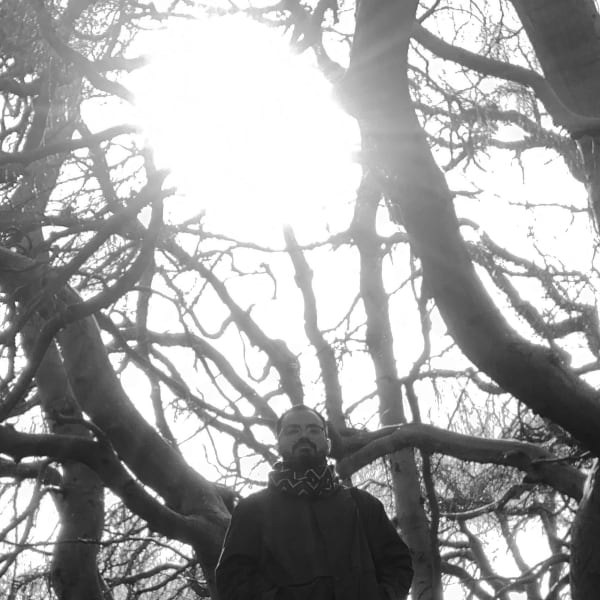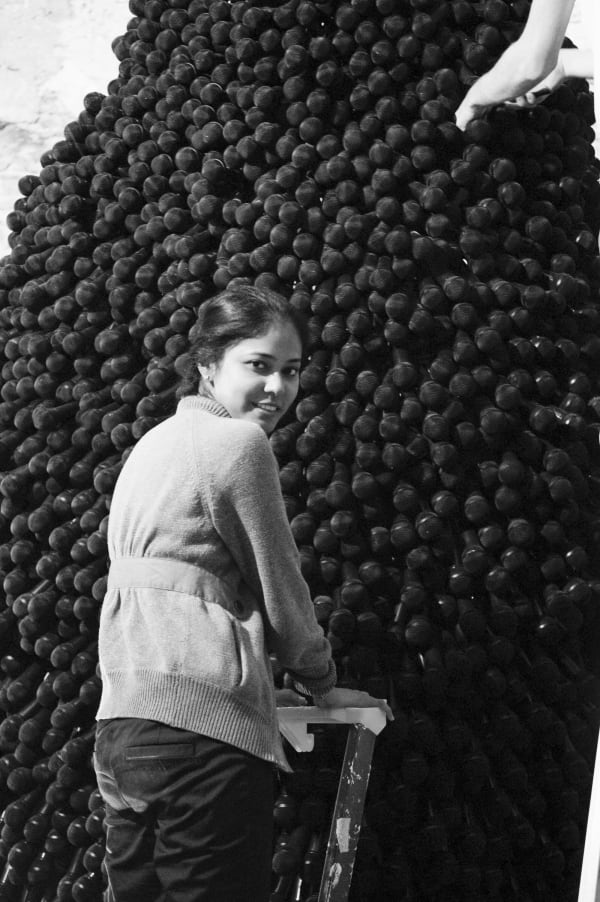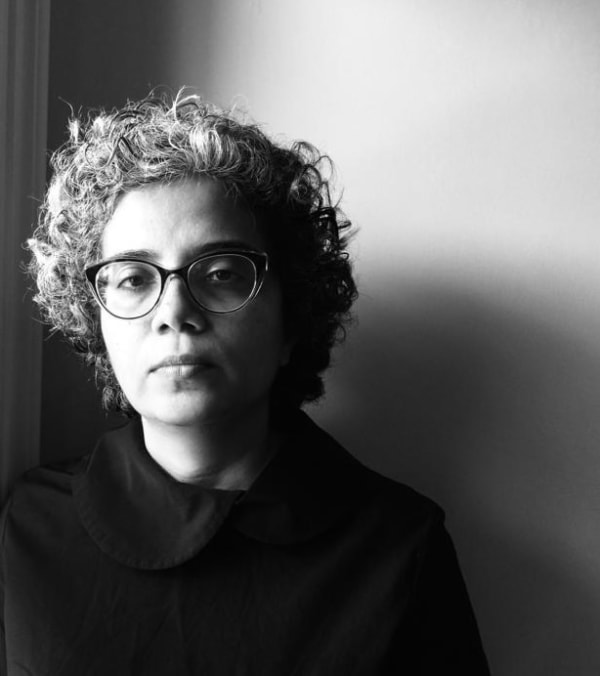Chemould Prescott Road
-

Aditi Singh
-

Anant Joshi
-

Anju Dodiya
-

Archana Hande
-

Atul Dodiya
-

Dana Awartani
-

Bhuvanesh Gowda
-

Desmond Lazaro
-

Dhruvi Acharya
-

Gigi Scaria
-

Mehlli Gobhai
-

Jitish Kallat
-

Lavanya Mani
-

Madhvi Subrahmanian
-

Meera Devidayal
-

Mithu Sen
-

N S Harsha
-

Nilima Sheikh
-

Pushpamala N
-

Rashid Rana
-

Reena Saini Kallat
-

Ritesh Meshram
-

Shakuntala Kulkarni
-

Sheetal Gattani
-

Mohit Shelare
-

Shilpa Gupta
-

Tallur LN
-

Tanujaa Rane
-

Varunika Saraf
-

Vivan Sundaram
-

Yardena Kurulkar



